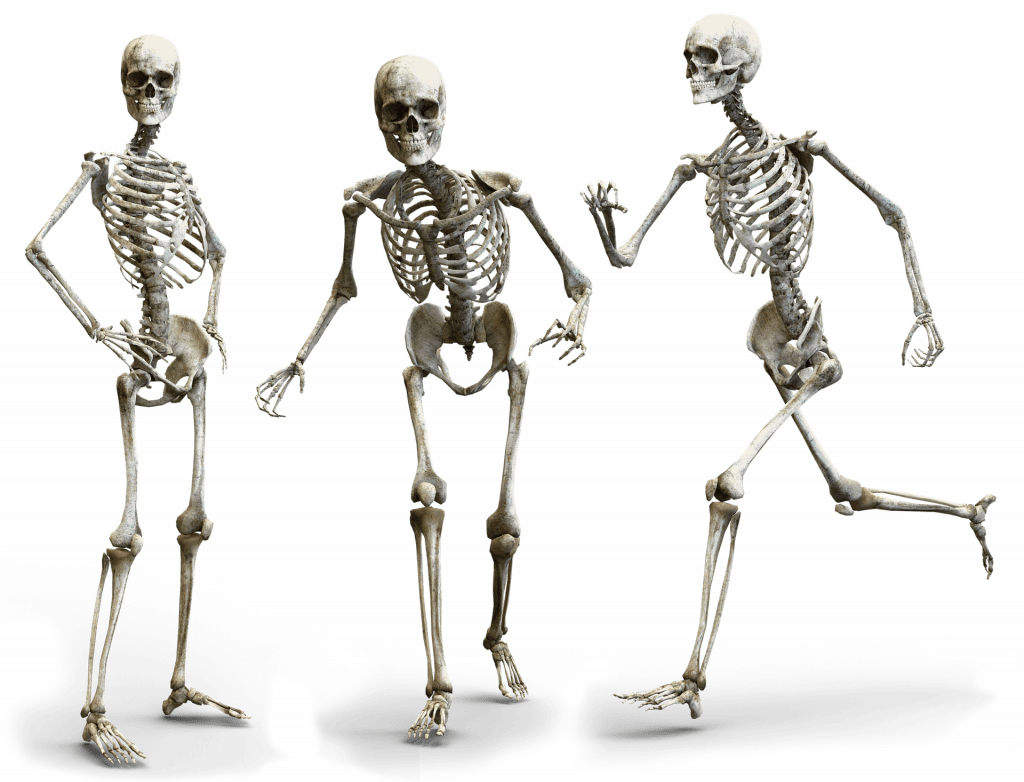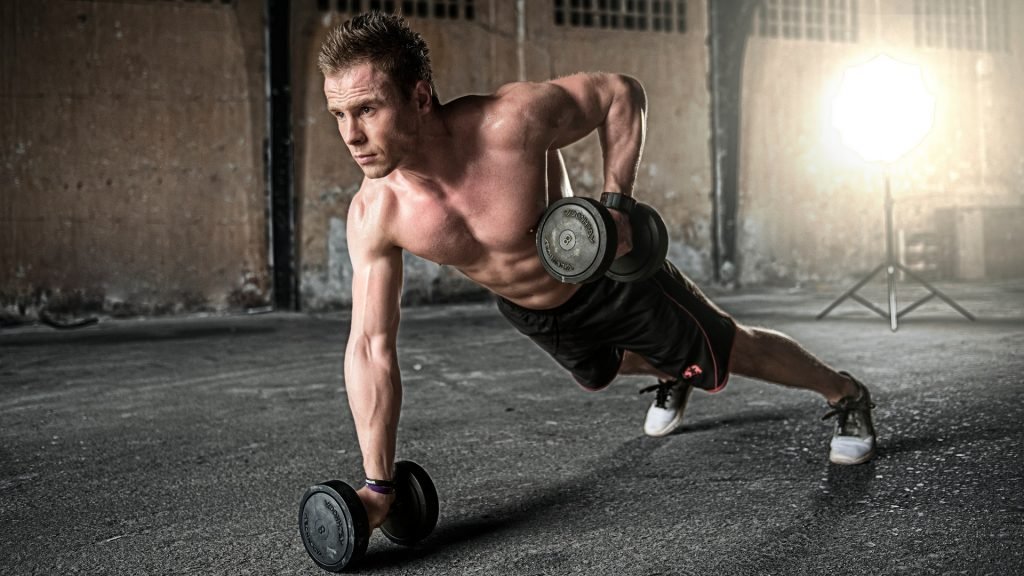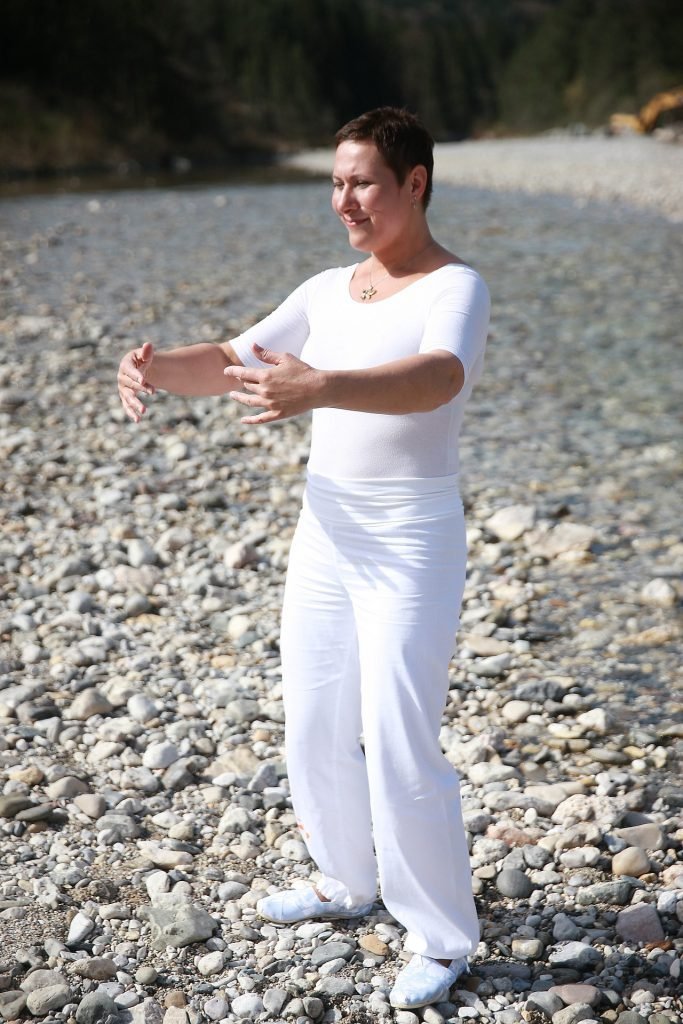
At some point in our lives, we will all experience joint pain or inflammation. This may occur through injury/trauma, over-exercising, occupational use, and aging. This blog will focus on joint health and joint issues that start to show up as we age, which often include all the things just mentioned. Your joint issues may be experienced as; joint pain, restriction, inflammation, degenerative changes, and stiffness.
Qigong
Qigong has been used for thousands of years in China as a health preservation technique, being especially helpful with joint issues associated with the aging process. I have found this to be the case, seeing great improvement in an old arthritic shoulder injury, and a knee cartilage and meniscus issue. Both these issues were a result of injuries many years ago. What can typically happen is that injuries earlier in our lives come back to ‘haunt’ us as we get older. Internal damage can lead to arthritic changes within the joint itself. But, more often than not these changes are driven by muscle imbalances that occur and persist after the injury.
These imbalances over time (possibly decades) then lead to changes within the joint – degenerative changes. This is because the joints are loaded unevenly creating wear or soft tissue changes within the joint capsule. The movements executed when doing Qigong are gentle, and don’t overload the joints, but mobilize and increase Neuromuscular function – more on this later.
The human body has somewhere around 360 bony joints in the body. This number varies somewhat depending on how you classify bones and joints. At any rate, that is a lot of joints.
Some Joint Theory…

The human body has three main types of joints. They are categorized by the movement they allow within the body:
- Immovable(Synarthroses) . These are fixed or fibrous joints. They’re defined as two or more bones in close contact that have no movement. The best example of this is the bones of the skull. The immovable joints between the plates of the skull are known as sutures.
- Slightly movable (Amphiarthroses) . Also known as cartilaginous joints, these joints are defined as two or more bones held so tightly together that only limited movement can take place. The vertebrae of the spine and rib cage are examples of this type of joint.
- Freely movable (Diarthroses) . Also known as synovial joints, these joints have synovial fluid and a joint capsule enabling all parts of the joint to smoothly move against each other. These are the most prevalent joints in your body. Examples include joints like the knee and shoulder.
The freely movable joints are the ones that generally give us the most problems. There are six types of these joints:
- Ball and socket joint. Examples include your shoulder joint and your hip joint.
- Hinge joint. Examples include your elbow joint and your knee joint.
- Condyloid joint. Examples include your finger joints and your jaw.
- Pivot joint.. Examples are the joints between your ulna and radius bones that rotate your forearm, and the joint between the first and second vertebrae in your neck.
- Gliding joint. An example is the joint in your wrist.
- Saddle joint. . An example is the joint at the base of your thumb.
For a joint to move a muscle or group of muscles crossing the joint need to contract or relax. Muscles are the prime movers of joints; for example the biceps when doing a biceps curl in the gym. However there are muscle that also stabilize the joint during it’s movement.

Working IN and Working OUT
I diverge slightly here just to explain the difference between working IN and working OUT, as this can have a big impact on joint health. We have all heard people say I’m going to the gym to do a work out, or “I have just done a work out”. Working out is expending energy doing physical work using our muscles. It usually fatigues the muscles or causes micro-trauma so that the muscles get stronger and have more endurance. The muscles and body become tired, and expend energy that needs to be replaced. The types of exercise that cause this are; resistance training, running, swimming and cycling etc., and there is nothing wrong with these: that is, if done in the context of our lifestyle, existing health and abilities.
Working IN is moving the body in such a way that it doesn’t end up fatigued or expend energy as described above. Muscles don’t end up tired and sore. In fact, the movement generates energy. This type of movement is slow, deliberate, and gentle. Muscles across joints are activated and gently contract and relax but don’t load the joints in the way working OUT does. Qigong is a perfect example of working IN.
When working OUT joints can be, and usually are heavily loaded with repetitive actions. This leads to wear and tear and changes in the joint capsule. This doesn’t mean we can’t do these types of exercise. The problem is that our modern lives have become so sedentary, that we tend to ‘flog’ ourselves in gyms etc., to compensate for the lack of movement and exercise. Which can mean we risk ‘flogging’ our joints in the process. The adage in the gym world of, ‘what doesn’t kill you makes you stronger’ may not kill but can and often does lead to damage in the longer term.



Working OUT needs to be balanced with working IN. Exercise is a healthy pursuit, and movement is required for the body systems to work correctly. But over exercising or exercising too intensively causes the body to become physiologically stressed, and activates our fight and flight mechanism. Given most people are already stressed, this adds to the burden. Working IN reduces stress and calms the body.
Qigong epitomizes the definition of Working IN. It mobilizes your joints without stressing them, thus strengthening the muscles that stabilize the joint. This also improves neuromuscular function (neuromuscular function relates to the function of the nerves and muscles).
Neuromuscular Function and Joints
Earlier I mentioned that muscle imbalances due to injury can impact joint function. Injury may occur from trauma, overload, poor posture, and repetitive strain. These all affect the neuromuscular function associated with the joint(s). What this means is that the nervous system i.e., the feedback and joint position nerve pathways don’t work properly. This leads to joint dysfunction.
One of the things the gentle ‘controlled’ movements of Qigong do, are to retrain and correct this dysfunction. When the joints are under heavy load (with neuromuscular dysfunction) it can result in undesirable changes in the integrity of the associated joint over time. Or expressed in another way, degeneration of the joint can result.
Arthritis, which is a very common joint dysfunction these days has causes that are many and varied, but always involve some neuromuscular dysfunction. Muscles may tighten to protect the joint, making the condition worse, or they may be under-facilitated (not contracting properly) creating an imbalance across the joint. Sometimes it is a combination of both.
Summary
By now you may be getting the picture that the machinations of joints are quite complex. I hope I haven’t lost anyone to this point. And, in fact, the control systems associated with joints and muscles are far more complex than I have explained, but it isn’t necessary to know this to get the point.
What is important is that Qigong can be used to counter neuromuscular imbalances, and to stimulate the healing processes within a joint. Correcting the imbalance takes the stress off the joint. Moving the joints through their anatomical range of motion helps to move the lubricating fluid of the joint, bringing nutrients to all parts of the joint tissues. This helps promote healing and health within the joint capsule. The muscles that are responsible for stabilizing the joint, as opposed to the prime movers, are able to strengthen; both in the muscle fibers and the nerve pathways supplying the muscles.

Over the years in class, as an instructor, I have seen many people with joint issues improve. This improvement is expressed as a reduction in pain levels and improved range of movement and mobility. Even with cases of osteoarthritis(arthritis with bony changes occurring within the joint), there has been some reduction in pain and an increase in mobility. This isn’t an instant fix in this case. However, in the case of general arthritis(inflammation of the joint), resolution can come quite quickly. That said, each person and their joint issues are very different and the healing time frame differs accordingly.
In my case, my knee and shoulder joint issues brought me to Qigong and Taijiquan after physiotherapy, remedial massage, and chiropractic. These therapies were keeping my issues from getting worse but I wasn’t seeing much improvement. The Qigong and Taijiquan were perfect for strengthening my stabilizing muscles, improving neuromuscular function, and resetting proprioception (joint position feedback). Over time I was able to walk more than 2 km without pain and swelling in the knee. My shoulder also improved with a reduction in stiffness and pain and increased mobility.
The great benefit of Qigong is that it is gentle on the body specifically the joints. Because it is done slowly, it helps generate healing and increased energy. Qigong has been used for thousands of years in China and still is today for health and longevity.
So if you do have joint issues, or old injuries that haven’t come home to roost yet, get into your Qigong practice as a preventative. Persist with it and you will see improvement over time and future protect yourself. Just remember joint degeneration can take decades to occur, so one or two Qigong classes won’t resolve your issues immediately. Healing takes time. Do something very proactive to protect your joint health. Work IN by doing Qigong.
Yours in Qigong and Joint Health.
Sifu Peter